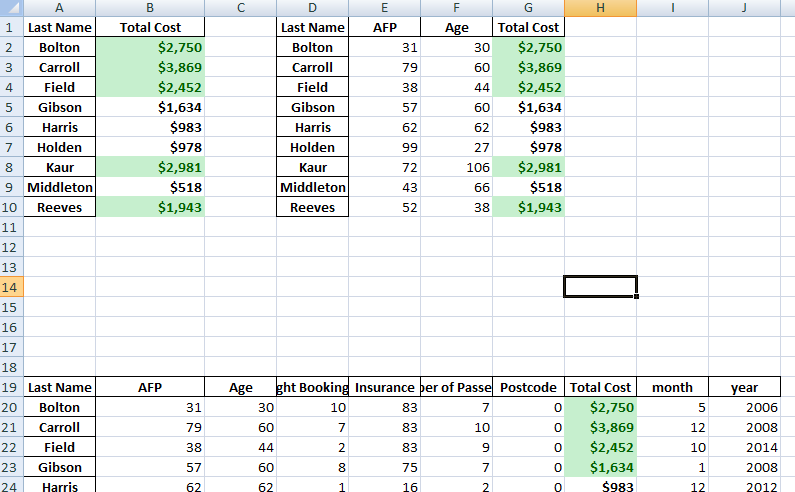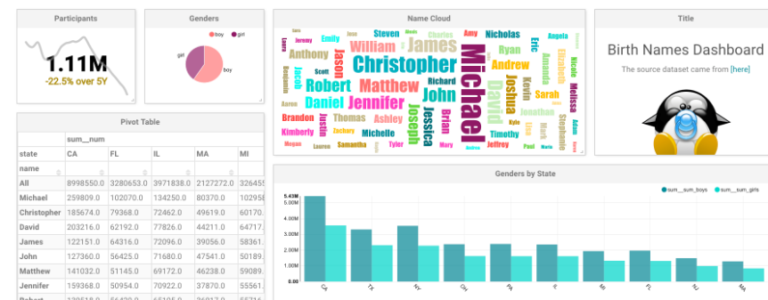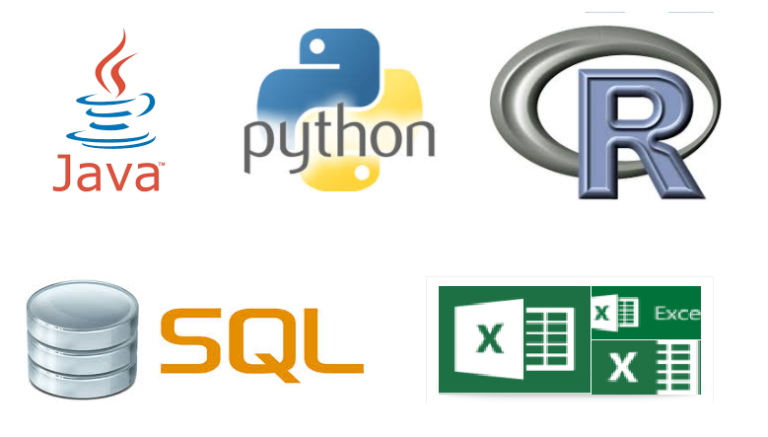Python Pandas Pivot Table Index location Percentage calculation on Two columns
pivot table for year on year
This is a quick example of how to use pivot_table, to calculate year on year percentage sales .
|
1 2 3 4 5 6 |
import sqlalchemy import pyodbc import numpy as np from pandas import DataFrame from bokeh.plotting import figure, output_file, show import pandas as pd |
|
1 2 3 4 5 6 7 8 9 10 11 12 13 14 15 16 17 18 19 20 21 22 |
df = DataFrame ## connect to SqlServer Database and get information. try: import urllib params = urllib.quote_plus("DRIVER={SQL Server Native Client 11.0};SERVER=.\MSSQLSERVER_ENT;DATABASE=Antrak;Trusted_Connection=yes;") engine = sqlalchemy.create_engine('mssql+pyodbc:///?odbc_connect=%s"' % params) resoverall = engine.execute("SELECT * FROM FlightBookingsMain") df = df(resoverall.fetchall()) df.columns = resoverall.keys() except (RuntimeError, TypeError, NameError): print('Error in Conneccting') print(RuntimeError, TypeError, NameError) finally: print("connected") |
|
1 2 |
#lets check the head df.head() |
|
1 2 |
#check lenght of data frame len(df) |
|
1 2 3 4 5 6 7 8 |
# let get a start date we will read our data from from datetime import datetime date1 = datetime.strptime('30-01-16', '%d-%m-%y').date() date2 = datetime.strptime('30-01-17', '%d-%m-%y').date() date3 = datetime.strptime('01-02-16', '%d-%m-%y').date() #2016-02-01 date1 #date2 |
|
1 2 3 |
#lets get the data from 30th January 1999 to 30th January 2018 year_subset = df.loc[(df['Booking Date']> date1) & (df['Booking Date']< date2)] #year_subset = df.loc[(df['Booking Date']> date1)] |
|
1 |
year_subset.head() |
|
1 2 3 4 5 |
#lets change some values in the age column to zero. #lets change all the Age values on 2nd February 2016 to zero year_subset.ix[year_subset['Booking Date']==date3,'Age'] =0 |
|
1 2 |
#lets check if we have got some zero in our AGE column year_subset[year_subset['Age']==0].head(3) |
|
1 2 3 4 5 6 7 8 9 10 |
#lets define a function to calculate the year on year from two columns def get_change(current, previous): #if current == previous: #return 0.0 try: return (current - previous)/previous*100.0 except ZeroDivisionError: print('error!!') return 0 |
|
1 2 3 4 |
##lets get the Age and AFP columns with a sum gettable = pd.pivot_table(year_subset, index=['Booking Date'], values=['AFP', 'Age'], aggfunc = np.sum) gettable |
|
1 2 |
#lets check some data gettable.ix[: , 1:2] |
|
1 2 |
#lets run the function by passing multiple columns get_change(gettable['AFP'], gettable['Age']) |
|
1 2 |
#check head of table gettable.head() |
|
1 2 3 |
gettable['YoY %'] = gettable.apply(lambda x: ((x['AFP'] - x['Age'])/x['Age'])*100.0, axis=1) #lets get the year on year value by defining a lambda function #gettable['YoY %'] = get_change(gettable['AFP'], gettable['Age']) |
|
1 2 3 4 5 |
#round the series values to 2 decimal places #gettable.rstrip('0').rstrip('.') gettable = np.trim_zeros(gettable.round(2)) gettable |
|
1 2 |
#run method to get some values get_change(year_subset['AFP'],year_subset['Age']) |






